Plants
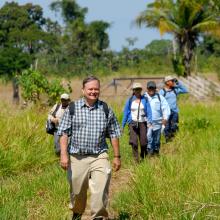 Robin Foster
Robin Foster
Plants
USA
Robin has been studying tropical forests for the last 40 years, mostly in Central and South America, but also in Asia and Africa. His main focus has been on plant community composition and dynamics, floristics, and reproductive biology of plants. A frustration with the lack of resources for identifying tropical plants provoked Robin to develop a variety of new tools to speed up the identification and learning process. See The Field Museum’s Tropical Plant Guides for the results!
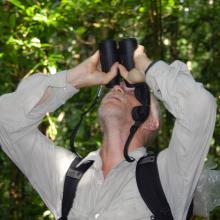 Bil Alverson
Bil Alverson
Plants
USA
Bil is a botanist with a special interest in the Malvaceae, a diverse and important tropical plant family. He has been part of a large, multi-institutional effort to create a Virtual Guide to the Plants of the Chicago Region, as well as a long-term study on the impact of deer on forest regeneration in the Midwest. Bil is one of the principal editors for our rapid inventory series, and took a particularly strong leadership role in Cuba—check out The Field Museum’s Rapid Inventories site for the results!
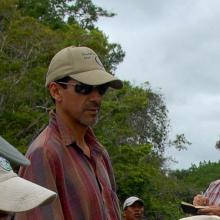 Walter Palacios
Walter Palacios
Plants
Ecuador
Walter is an Ecuadorian botanist with decades of experience working in tropical forests. One of his main interests is the Meliaceae, a family with many important tropical timber species, including Spanish cedar and mahogany. This was his first inventory with The Field Museum.
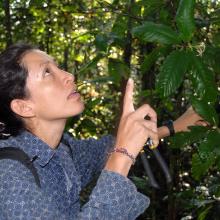 Nállarett Dávila
Nállarett Dávila
Plants
Peru
Nállarett is a Peruvian botanist with a penchant for canopy trees and an extraordinary patience for sorting through leaf litter to find leaves that match the ones on the enormous trees (sometimes 50-60 m tall!) that she is trying to identify. She works at a biological station, known as Jenaro-Herrera, in the Peruvian Amazon, and is a scientist at a premier Peruvian research institute (Instituto de Investigaciones de la Amazonía Peruana) in Iquitos, Peru.
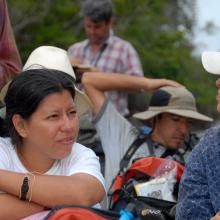 Jill López
Jill López
Plants
Peru
Jill is a botanist with a special interest in palms and experience working with ferns. She has been a park guard in the Zona Reservada Güeppí for several years and has worked as part of the INRENA-Güeppí team doing social surveys and establishing a baseline for monitoring. She is committed to building capacity in the local communities along the Putumayo river, and is the only person on the biological team who has previous experience in the Peruvian part of the area.

